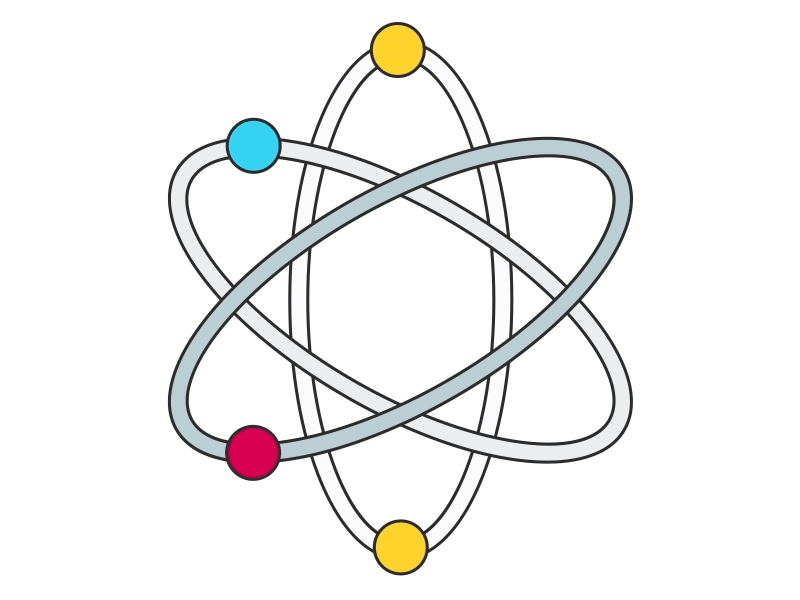- 6 May 2024
- 446
The Art of Molecular Design: Sculpting Matter at the Atomic Level

In the vast landscape of science, few fields hold as much promise and intrigue as molecular design. At the heart of this discipline lies the ability to manipulate matter at the atomic level, crafting structures and substances with precision and purpose. From groundbreaking advancements in medicine to revolutionary strides in materials science, the art of molecular design is reshaping the world around us in profound ways.
Introduction to Molecular Design
Molecular design is more than just a scientific endeavor; it’s a creative process that blends knowledge, innovation, and imagination. At its core, molecular design involves the deliberate arrangement of atoms and molecules to achieve specific properties or functions. Whether it’s designing new drugs to combat disease or engineering novel materials for sustainable energy solutions, the possibilities are endless.
Fundamentals of Molecular Structure
To understand molecular design, one must first grasp the fundamental principles of molecular structure. Atoms, the building blocks of matter, combine to form molecules through chemical bonds. These bonds dictate the arrangement of atoms in space, giving rise to unique molecular geometries and properties. By manipulating these bonds and structures, scientists can tailor the characteristics of materials to suit a wide range of applications.
Tools and Techniques for Molecular Design

Advances in technology have revolutionized the field of molecular design, providing researchers with powerful tools and techniques to explore the atomic landscape. Computational methods, such as molecular modeling and simulation, allow scientists to predict the behavior of molecules with unprecedented accuracy. Meanwhile, experimental techniques like X-ray crystallography and nuclear magnetic resonance spectroscopy provide invaluable insights into molecular structure and dynamics.
The impact of molecular design extends far beyond the confines of the laboratory, permeating every aspect of modern life. In the realm of medicine, molecular design plays a pivotal role in drug discovery and development, enabling scientists to design molecules that target specific disease pathways with precision and efficacy. Similarly, in materials science, molecular design has led to the development of advanced materials with tailored properties, from lightweight composites to flexible electronics.
Challenges and Limitations
Despite its immense potential, molecular design is not without its challenges and limitations. The sheer complexity of molecular systems poses significant hurdles, requiring sophisticated computational models and experimental techniques to navigate. Moreover, ethical considerations surrounding the manipulation of matter at the atomic level raise important questions about the societal implications of molecular design.
Future Trends in Molecular Design
Looking ahead, the future of molecular design is filled with promise and possibility. Rapid advancements in technology, such as artificial intelligence and machine learning, are poised to revolutionize the field, accelerating the pace of discovery and innovation. From personalized medicine to quantum computing, the Art of Molecular are limited only by our imagination.
Conclusion
In conclusion, the Art of Molecular represents a convergence of science, creativity, and ingenuity. By harnessing the power of atoms and molecules, scientists are sculpting matter at the atomic level, unlocking new frontiers in medicine, materials science, and beyond. As we continue to push the boundaries of what’s possible, the impact Art of Molecular will reverberate across industries and generations, shaping the world of tomorrow.
FAQs
1. What is Art of Molecular ?
Art of Molecular is the process of deliberately arranging atoms and molecules to achieve specific properties or functions.
2. What are some applications of Art of Molecular ?
Art of Molecular has applications in drug discovery, materials science, nanotechnology, and more.
3. What are the challenges of Art of Molecular ?
Challenges include the complexity of molecular systems and ethical considerations surrounding manipulation at the atomic level.
4. How is Art of Molecular shaping the future of medicine?
Art of Molecular enables the development of targeted therapies and personalized medicine approaches.
5. What role do computational methods play in Art of Molecular ?
Computational methods, such as molecular modeling and simulation, are essential for predicting the behavior of molecules and designing new compounds.

